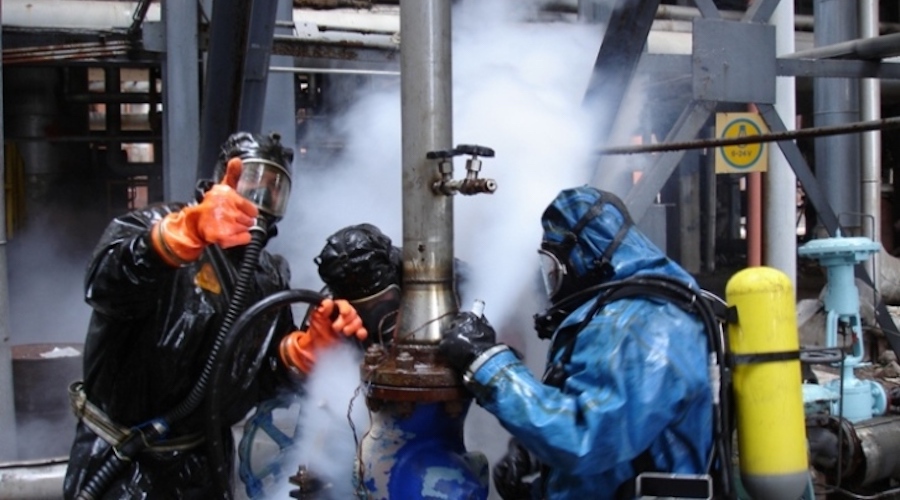Researchers chart environmentally friendlier methods to produce nitrogen fertilizer


Researchers at ETH Zurich and the Carnegie Institution for Science have shown how nitrogen fertilizer could be produced more sustainably, thus reducing countries’ dependence on imported natural gas.
In a study published in the journal Environmental Research Letters, the researchers explain that intensive agriculture is possible only if the soil is fertilized with nitrogen, phosphorus and potassium. However, while phosphorus and potassium can be mined as salts, nitrogen fertilizer has to be produced laboriously from nitrogen in the air and hydrogen. The production of hydrogen is energy-intensive, currently requiring large quantities of natural gas or—as in China—coal.
The way nitrogen fertilizer has been produced so far means that besides having a correspondingly large carbon footprint, its manufacturing process is vulnerable to price shocks in the fossil fuels markets. Thus, the scientists evaluated three alternative options that may be environmentally friendlier and economically safer.
The first option is producing the necessary hydrogen using fossil fuels as in the business-as-usual, only instead of emitting the greenhouse gas CO2 into the atmosphere, it is captured in the production plants and permanently stored underground. This requires not only infrastructure for capturing, transporting and storing the CO2 but also correspondingly more energy. Despite this, it is a comparatively efficient production method. However, it does nothing to reduce dependence on fossil fuels.
The second option involves electrifying fertilizer production by using water electrolysis to produce hydrogen. This requires, on average, 25 times as much energy as today's production method using natural gas, so it would take huge amounts of electricity from carbon-neutral sources. For countries with an abundance of solar or wind energy, this might be an appealing approach. However, given plans to electrify other sectors of the economy in the name of climate action, it might lead to competition for sustainable electricity.
The third option is synthesizing hydrogen for fertilizer production from biomass. Since this option requires a lot of arable land and water, ironically this production method competes with food production. But the study's authors point out that it makes sense if the feedstock is waste biomass—for example, crop residues.
The scientists state that the key to success is likely to be a combination of all these approaches depending on the country and specific local conditions and available resources.
“In any case, it is imperative that agriculture makes more efficient use of nitrogen fertilizers,” Lorenzo Rosa, co-author of the paper, said in a media statement. “Addressing problems like over-fertilization and food waste is also a way to reduce the need for fertilizer.”
In the study, the researchers also sought to identify the countries of the world in which food security is currently at risk owing to their dependence on imports of nitrogen or natural gas. India, Brazil, China, France, Turkey and Germany are among the countries that are particularly vulnerable to price shocks in the natural gas and nitrogen markets.
On the other side of the spectrum are Russia, Egypt, Qatar and Saudi Arabia, the largest nitrogen-exporting nations. China is also among this group, although due to its size, it also has to import natural gas.
“Decarbonizing fertilizer production would in many cases reduce this vulnerability and increase food security,” the scientists point out. “At the very least, electrification via renewables or the use of biomass would reduce the dependence on natural gas imports.”
But everything has to be put in perspective and in this case, the authors note that all carbon-neutral methods of producing nitrogen fertilizer are more energy intensive than the current method of using fossil fuels. In other words, they are still vulnerable to certain price shocks—not on natural gas markets directly, but perhaps on electricity markets.
The team believes that, in the future, the countries that are likely to benefit from decarbonization are those that generate a lot of solar and wind power and also have sufficient reserves of land and water, such as Canada and the United States.
Comments